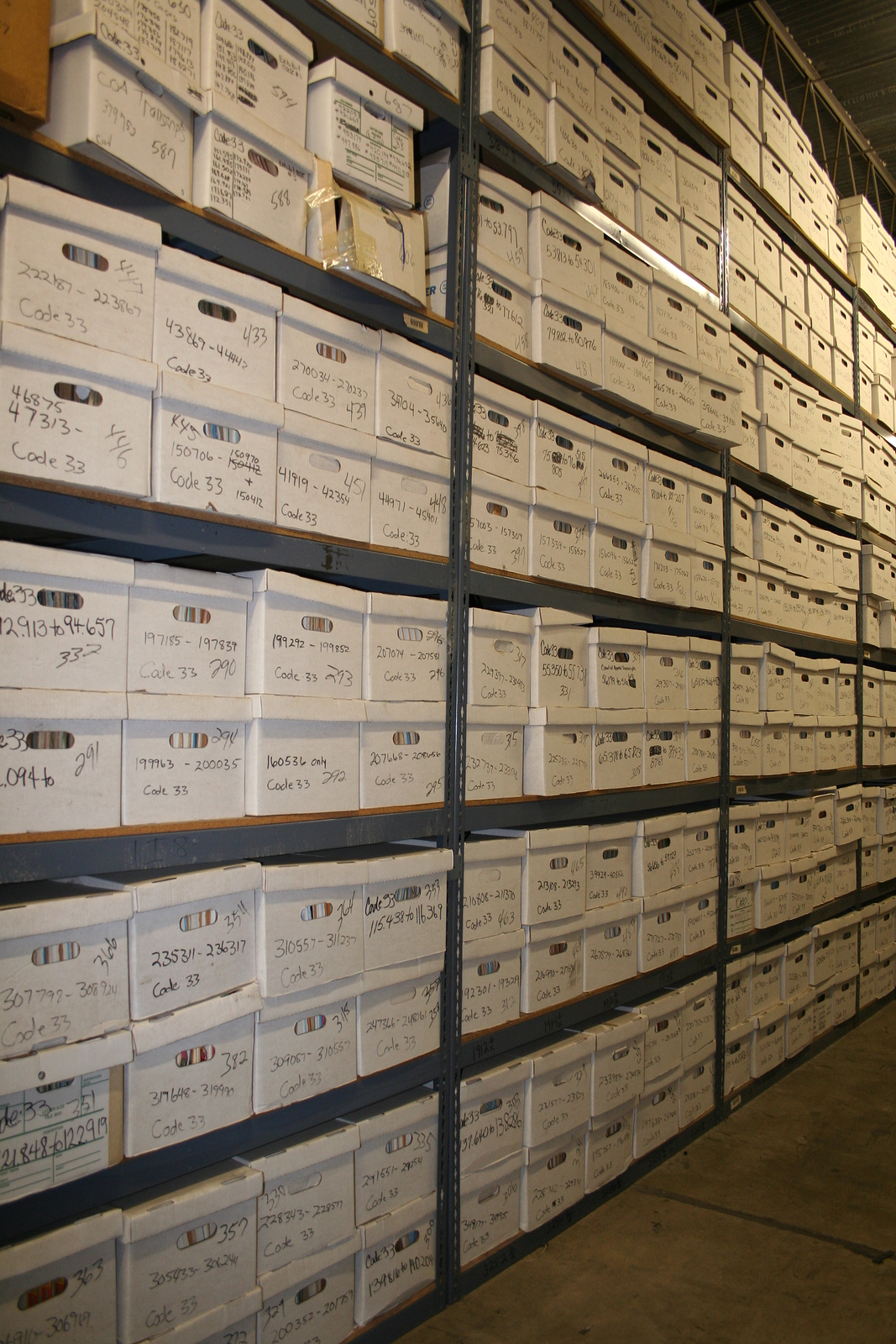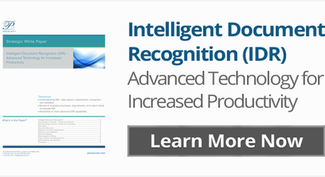Way back when document imaging first burst onto the scene, the primary problem was all about moving from paper-based file cabinets to electronic storage. It was just senseless to store potentially millions of documents in bankers boxes and file cabinets that took-up valuable office space or caused storage expenses. And then there was the inefficiency with retrieval.

Workflows back then typically consisted of a high-speed scanner connected directly to a PC. Documents were scanned, validated, tagged, and exported; all done by the same individual. If a business needed higher capacity, they bought more workstations.
Then solution providers and businesses got wise to the client-server approach for managing multiple workstations and separation of duties to improve capacity. These new distributed solutions created roles associated with the tasks of scanning, quality control, validation, auditing, and handling exceptions. In order to accommodate these specialist roles, different applications were provided—one suitable for each task.
As more and more businesses adopted imaging and more advanced forms processing, the client-server approach became more entrenched and more sophisticated with the addition of workflow modules added to coordinate the increasingly complex task associated with managing a group of distributed and specialist staff.
Small businesses with imaging or forms capture needs would buy single workstation solutions, while departments of larger businesses would opt for the more complex distributed approach.
To a large degree, the standard capture workflow model has not significantly changed: you either purchase a workstation or you go “all-in” with distributed capture.
But something interesting has occurred in the last several years with the introduction of software-as-a-service offerings along with the penetration of consumer-oriented software into the enterprise. Now businesses of all sizes are interested in information worker-oriented solutions where a staff member takes on a number of various roles that traditionally have been separate. I can go and sign-up for a Box.com account, use it myself, configure it, and then add new users, and manage access controls. Suddenly I have become the administrator, the business analyst, and a user – all from one user interface and one single application.
The example above follows a shift from task-centric work to process-centric work where it is increasingly common to have staff members own a process from cradle to grave or coordinate the full complement of tasks with other staff.
With this new concept of democratization of roles and access to applications, the notion of separate applications and roles devoted to solitary tasks seems very antiquated. Why can’t a capture solution allow me to scan, validate, export, administer, and report? Why can’t a user scan one day and then validate another with the same application? If I want to do that now, I need to use multiple user interfaces and have a good degree of proficiency with network user management and other IT-centric topics.
If I need to file my expenses, I create the report, do the data entry, correct any mistakes, and then submit the report. In one application, I’m performing multiple tasks.
Similar to my last post regarding the evolution of capture, businesses want and need more flexibility to how they deploy and access capture capabilities or solutions just like they want it with other business process applications.
Taking a new approach for capture is needed to support business processes such as accounts payable or receivable, expense management, or any other business process that uses data from documents. In these scenarios, it is a growing likelihood that you will have the same staff members perform data entry, validation, review, and reporting – these is no separation of duties. So why should capture solutions force the “old approach”? The answer is that they shouldn’t.
At Parascript, we’re going “all in” on this new approach to an age-old need and we’re very excited what that means in the next coming months.

